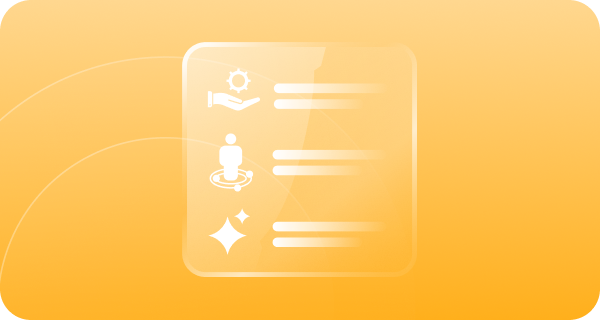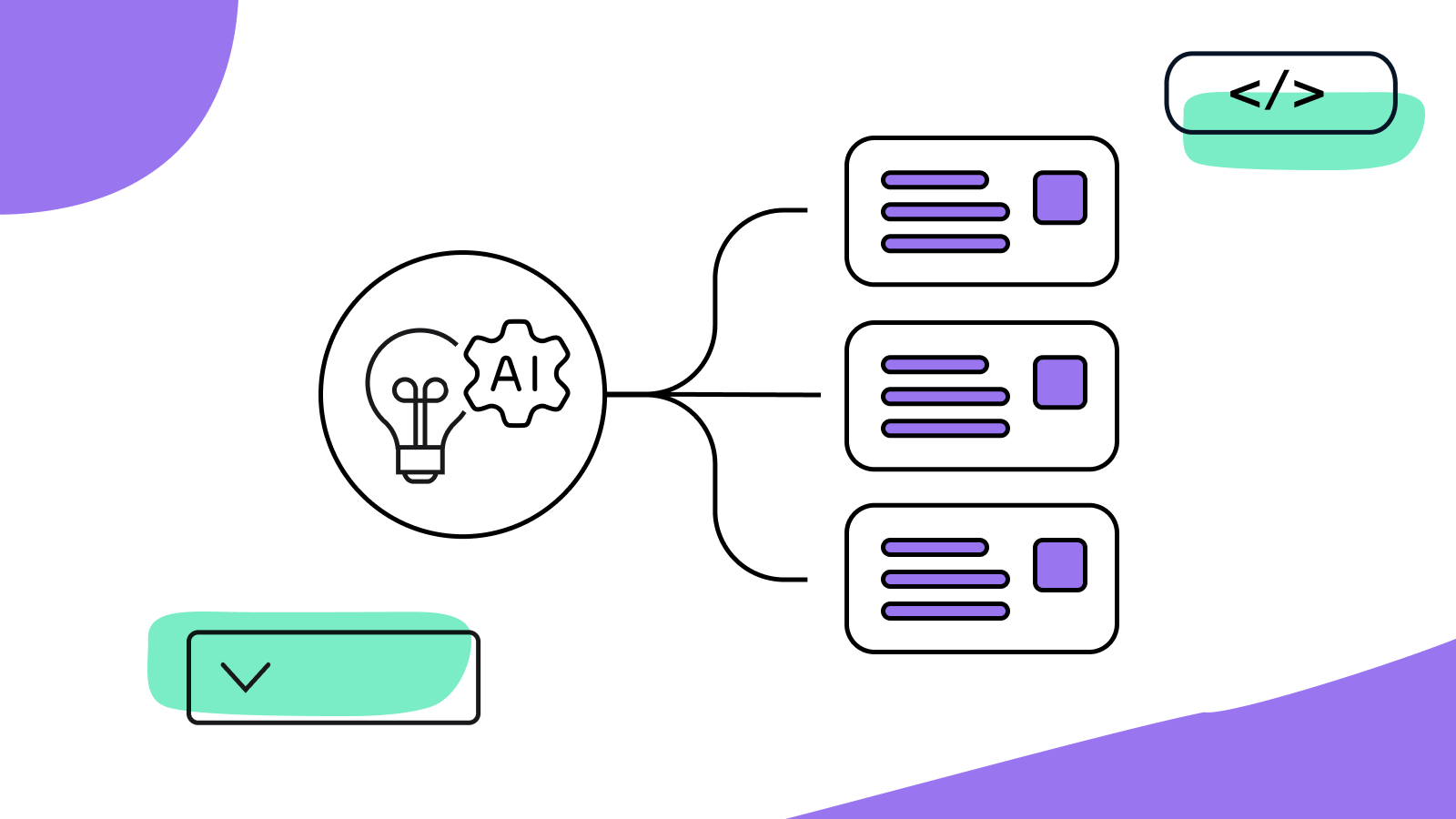When business leaders talk about AI, the conversation often narrows to efficiency: speeding up whatever already exists. But for organizations trying to move from “we should do AI” to “we are delivering value with AI,” the real focus needs to sit squarely on three essentials: getting leaders hands-on, defining the right balance between AI and human expertise, and creating meaningful space for structured experimentation.
During a recent virtual panel, Prepare for Impact: A Conversation on AI Readiness, industry leaders dug into what it actually takes to build a culture prepared for AI-driven transformation. They highlighted the opportunity for genuine change in how products are delivered and how teams think, collaborate, and operate at scale, all while maintaining control and clarity in an era defined by rapid iteration.
Get Leaders Hands-On With AI
Leaders must do more than talk about AI. They need to use it, get comfortable with it, and understand where it produces value and where it creates noise. Robin Cannon explains:
“The thing that I spend a lot of time doing at the moment is trying to make sure that I'm doing what I am talking about. I'm using AI a lot myself. I’m getting confident. I'm determining where it can bring clarity and where it can bring confusion… I think there's still a little bit of a perception in some companies that AI is cheating, and I'm trying to change that aspect.”
By taking the time to experience AI firsthand, leaders build the empathy and operational grounding needed to guide teams through the complexity of change. This hands-on experience becomes the foundation for smarter decisions, better expectations, and a more intentional approach to innovation.
The Balance Between Human Input and AI Output
As teams accelerate their pace, turning ideas into something that appears shippable in a matter of hours, the weight of governance only increases. Human oversight remains essential. Code reviews, production checks, brand decisions, and product judgments still require people who know what good looks like.
Devon Rose captures this shift clearly:
“The tech isn't just replacing humans in this process; it’s now where do humans double down in the process to unlock a really powerful result?”
When AI handles repeatable, well-understood work, people can focus on craft, voice, accuracy, and the quality bar that turns raw output into outcomes.
This is where Knapsack strengthens the system. The platform operationalizes design, code, and documentation so teams can work within a living system of record. Decisions, patterns, and components are captured in one place that AI can draw from safely. Human judgment stays in the loop through workflows and oversight, while the Intelligent Product Engine accelerates creation without sacrificing quality or control. The result is genuine speed to market with safeguards that protect brand, accessibility, and compliance.
A Safe Space for AI Experimentation
For most teams, AI is still unfamiliar territory. Getting comfortable requires the same principles that shaped modern software: test, learn, adjust, repeat. TJ Pitre encourages this mindset:
“Try it. Grab a thing and just do it… Dive a little bit deeper and kind of scratch the surface of something that's just a little bit unfamiliar and then that overwhelming will start to dissipate.”
With new tools arriving daily, it can be difficult to determine which ones solve real problems. Experimentation helps teams uncover what works, what fails, and what delivers meaningful improvement. Even when experiments produce results on par with manual work, they still reveal important insights that compound across a team.
Andrew Rohman underscores the need for a wide experimentation aperture:
“You need to have a pretty clear appetite for experimentation… I keep thinking of this Zuckerberg comment, he says ‘misspending a couple hundred billion dollars would suck, but probably better than the alternative of not capturing the opportunity.’ We aren’t all at that particular scale, but it does represent the mindset I think organizations need to have in terms of fail fast, even fail a little bit slow, but experiment and push, and we’re going to end up in a better place or at least we won’t be left entirely in the dust.”
Collective experimentation and shared learning help organizations integrate brand context, refine processes, and build repeatable workflows that AI can leverage without constant reinvention.
Readiness Is a System
AI readiness is not a checkbox. It is a shift in how organizations think, lead, and build. When leaders stay hands-on, human judgment remains central, and experimentation becomes part of the operating rhythm, AI stops being theoretical and starts generating measurable value. It produces a working model encoded with brand context, protected by centralized guardrails, and capable of accelerating product creation safely and consistently.
With the right foundation, teams gain the confidence to move faster, test more often, and deliver higher quality at scale. The wins compound, the risks stay controlled, and AI becomes a force that serves the organization’s biggest goals.
Build the systems and workflows your teams need for AI-driven product creation with Knapsack. Book a live demo



.png)